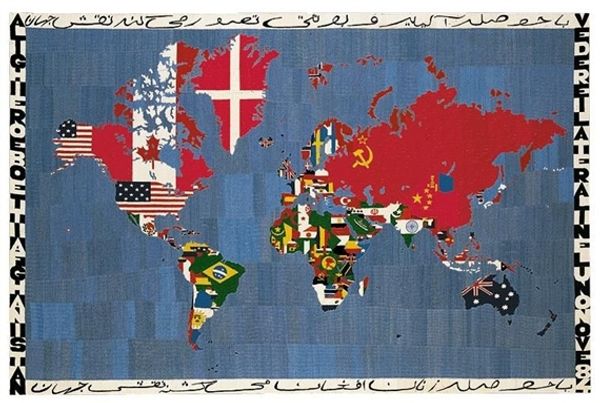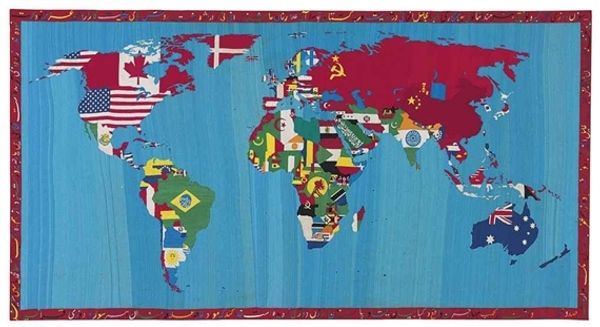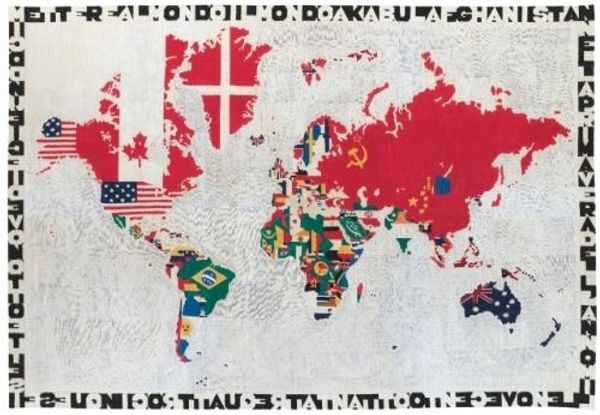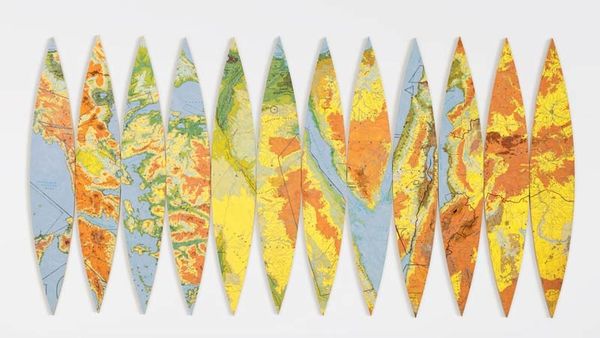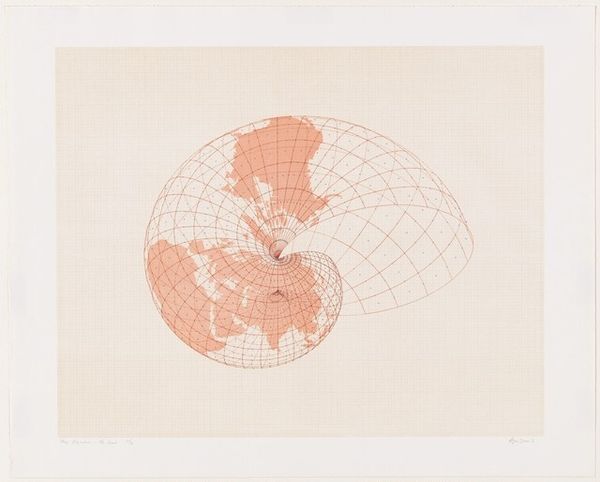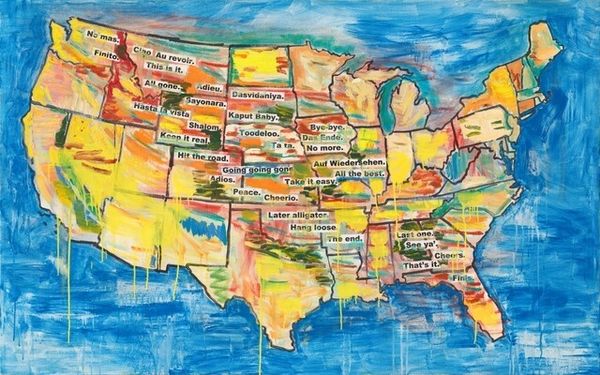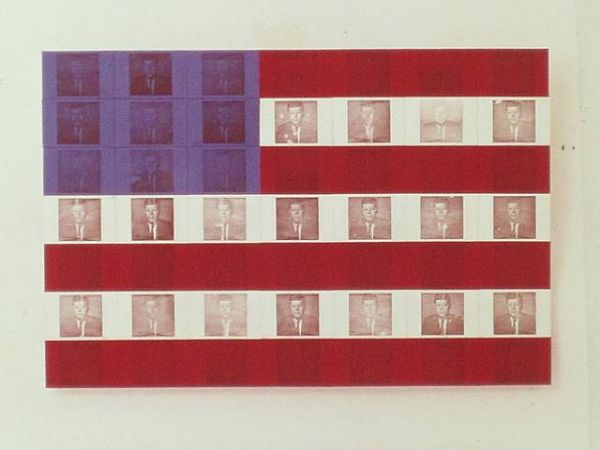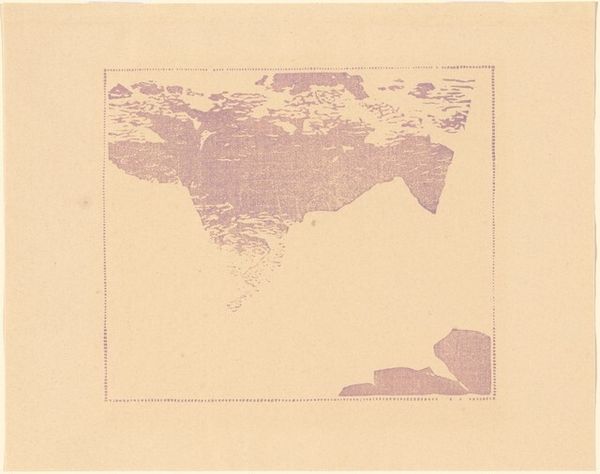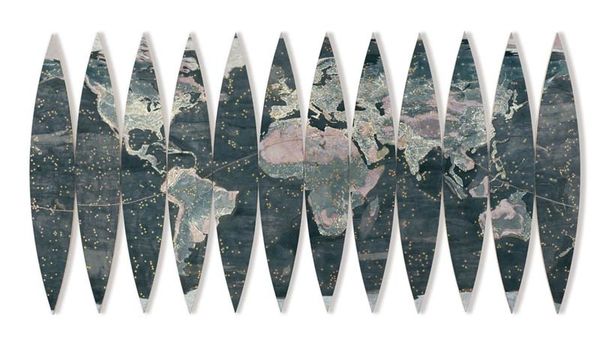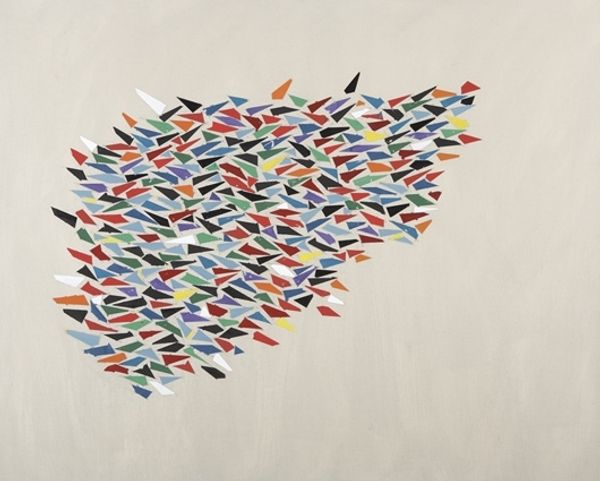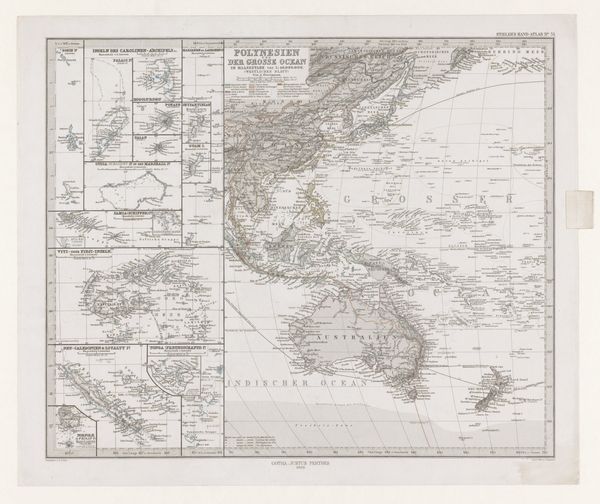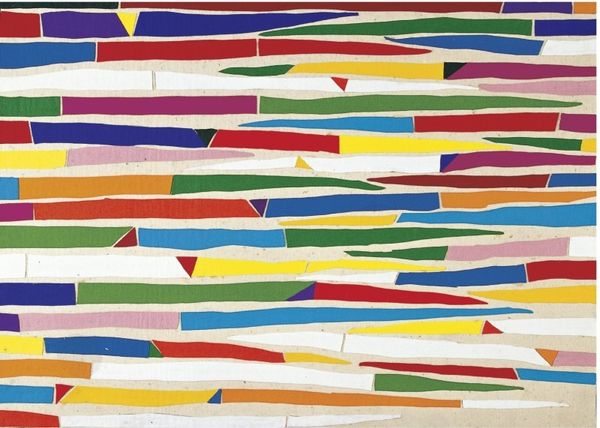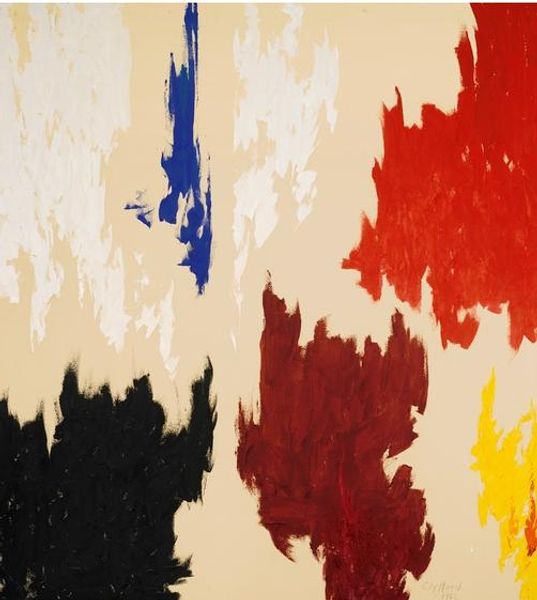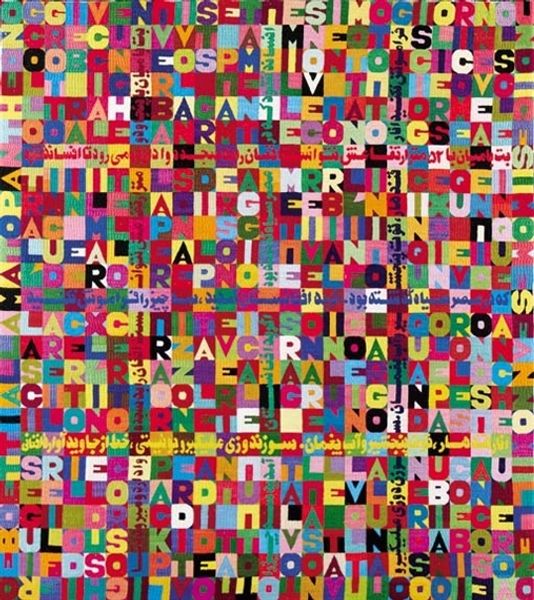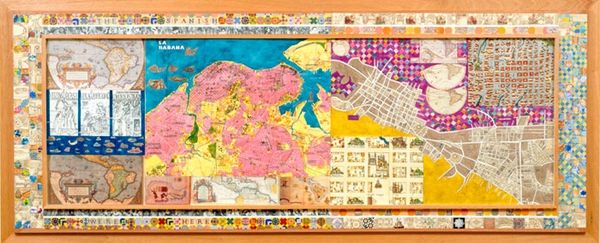
Dimensions: displayed: 2820 x 4050 x 18 mm
Copyright: © Yukinori Yanagi | CC-BY-NC-ND 4.0 DEED, Photo: Tate
Editor: This is Yukinori Yanagi's "Pacific," featuring many national flags. The flags look faded, almost like relics, and they're connected by what seems to be a network of ant tunnels. What does this configuration of flags mean to you? Curator: It's fascinating how Yanagi uses these iconic symbols of national identity in a deliberately degraded way. Flags are meant to inspire unity and pride, but here, they appear fragile, interconnected by the very creatures that undermine them. Perhaps Yanagi is commenting on the instability of national borders and the dissolving power of globalization. What do you think? Editor: That makes a lot of sense. It feels like a critique of nationalism, suggesting that these identities are more fluid and less stable than we believe. Curator: Exactly. It challenges us to consider the constructed nature of national identity and the political forces that shape our understanding of belonging. It makes you question who benefits from these symbols and boundaries.
Comments
Join the conversation
Join millions of artists and users on Artera today and experience the ultimate creative platform.
tate 7 months ago
⋮
Yanagi filled a series of interconnecting Perspex boxes with coloured sand to represent the flags of 49 nations. These include nations bordering the Pacific, former colonial powers, and native populations without sovereign territories such as the Maoris and Aborigines. He then released thousands of ants, whose movement distributed the sand from one flag to another. Suggestive of patterns of global migration, the ants gradually eroded the borders between different nations, creating new designs. ‘I question the concept of a nation’, Yanagi has said. ‘A nation, its border and national flag, has become an imaginary fiction.’ Gallery label, November 2006
